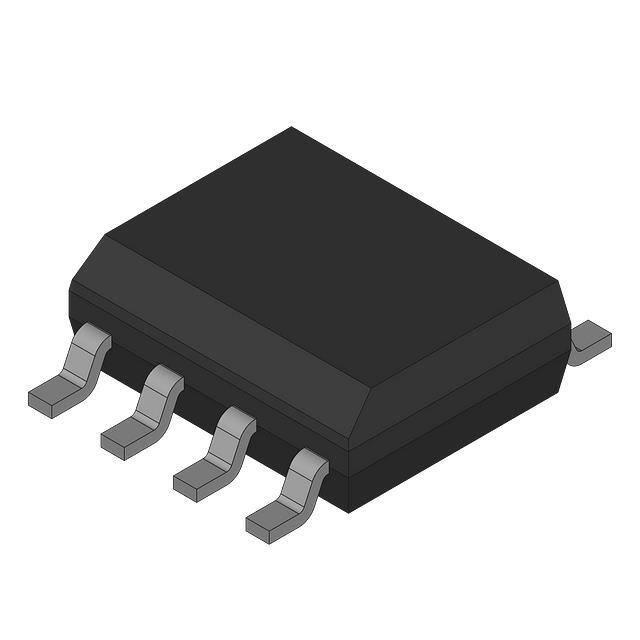Why is there a lot of photoresist residue on the microfluidic silicon wafer after development?
A large amount of photoresist residue on the silicon wafer after development can be caused by a variety of factors. Here are some of the reasons and solutions that may cause this:
1. Insufficient exposure
Reason:
If the exposure time is insufficient or the light intensity is too low during the photolithography process, the photosensitive components in the photoresist are not completely reacted, resulting in the incomplete removal of the photoresist in the unexposed area during development.
Solution:
Ensure that the exposure time and light intensity meet the process requirements of the photoresist.
Calibrate the light intensity output of the photolithography machine.
Perform an exposure dose test (Dose Test) to optimize the exposure conditions.
2. Insufficient development time
Reason:
The development time is too short or the developer concentration is insufficient, resulting in the incomplete removal of the exposed photoresist area.
Solution:
Extend the development time to ensure complete development.
Check whether the developer concentration meets the process specifications and replace the developer if necessary.
Use stirring or ultrasound to assist development to improve development uniformity.
3. Aging or contamination of developer
Reason:
Developer will become ineffective after long-term use, or be contaminated by particles or photoresist residues, affecting the development effect.
Solution:
Replace the developer regularly to ensure its activity.
Avoid exposing the developer to air to reduce contamination.
4. Uneven thickness of photoresist coating
Reason:
Thickness is uneven during the photoresist spin coating process, resulting in some areas taking longer to develop without being completely removed.
Solution:
Adjust the spin coating parameters (speed, acceleration time, etc.) to ensure uniform photoresist coating.
Check the cleanliness of the silicon wafer surface to avoid unevenness caused by particles or contaminants.
5. Poor photoresist annealing conditions
Reason:
The baking temperature or time after photoresist coating is not appropriate, resulting in abnormal film performance and affecting subsequent development effects.
Solution:
Ensure that the soft bake temperature and time meet the process requirements (usually 90°C - 110°C for 60-90 seconds).
Use a hot plate instead of an oven to improve temperature uniformity.
6. Photolithography mask alignment problem
Reason:
The mask pattern is out of focus or poor contact, resulting in partial area not being exposed or incomplete exposure.
Solution:
Regularly calibrate the alignment and focus system of the exposure equipment.
Ensure close contact between the mask and the silicon wafer surface.
7. Wafer surface cleaning problem
Reason:
There are particles, oil or oxide layer on the silicon wafer surface, resulting in poor adhesion of the photoresist or uneven action of the developer.
Solution:
Clean the silicon wafer thoroughly before coating (such as using RCA cleaning, plasma cleaning).
Ensure that the surface is dry and free of contamination.
8. Photoresist quality problem
Reason:
The photoresist used is expired or the storage conditions are improper, resulting in performance degradation.
Solution:
Check the production date and storage environment of the photoresist (usually low temperature and light avoidance are required).
Replace new photoresist.
9. Post Exposure Bake (PEB) problem
Reason:
For some photoresists that require PEB, if the baking temperature is incorrect or the time is insufficient, it will affect the contrast and residue during the development process.
Solution:
Check whether the temperature and time of PEB meet the requirements.
10. Incomplete cleaning after development
Reason:
The silicon wafer is not fully rinsed after development, and the residual developer may cause photoresist residue.
Solution:
Immediately after development, rinse the silicon wafer with DI water (deionized water) to ensure that the developer is completely removed.
Recommendations for inspection and optimization process
Inspection after development: Use a microscope or interference microscope to check the development quality, and adjust the process parameters in time if problems are found.
Optimize the process window: Optimize the exposure dose, development time and developer concentration through experiments.
Maintain equipment regularly: Ensure the normal operation of exposure equipment, development equipment and cleaning equipment.
The reasons are summarized into the following categories, which can locate the cause of the problem and find the fastest solution
Developer and process related
1. Insufficient developer dosage
2. Insufficient development time
3. Improper developer concentration
4. Ineffective or contaminated developer
5. Improper development temperature
Photoresist related
1. Photoresist quality problem
2. Uneven photoresist thickness
3. Photoresist exposure problem
Equipment and environment related
1. Equipment problem
2. Cleanliness problem


